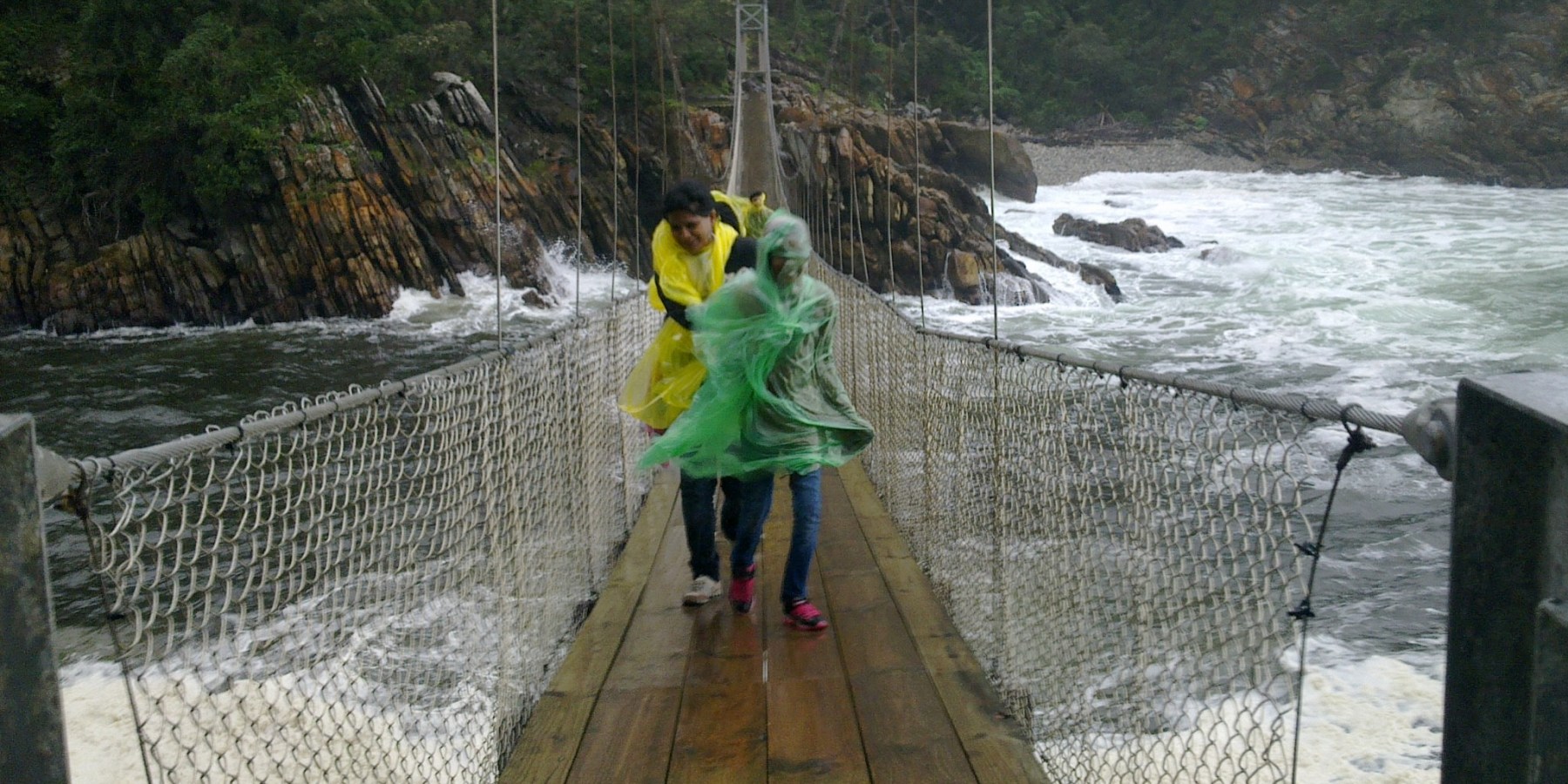Thursday 8 March 2012
Travel & Nature:
The Kruger National Park nature reserve supports the greatest variety of wildlife species on the African continent. It is roughly the size of Wales , or the state of Massachusetts (USA), which makes it the eighth largest reserve in the world.
Home to one of the world’s 6 floral kingdoms, South Africa has one-tenth (23 200) of the world’s flowering plants, of which nearly 19 000 are endemic, making it the richest region in the world in terms of species to area – 1.7 times richer even than Brazil. It is the only country in the world to contain an entire floral kingdom.
It is home to more kinds of mammals than North and South America combined; or Europe and Asia together.
South African grasslands have approximately 30 species per square kilometer, greater than the biodiversity of rainforests.
Table Mountain in Cape Town is believed to be one of the oldest mountains in the world. Standing at just over 1000 metres, it dominates the city’s skyline. Table Mountain can be seen as far as 200 kilometres out to sea.
South Africa has the third highest level of biodiversity in the world.
Paarl is South Africa ‘s third oldest town and home to KWV Cellars- the largest wine cellar in the world (covering 22 hectares).
Kimberley’s ‘Big Hole’ is the largest hand-dug hole in the world and is deeper than Table Mountain is high. Kimberley also has the only drive-in pubs in the world.
Mpumalanga province is home to the Blyderiver Canyon , the third largest canyon in the world – and the largest green one. The Grand Canyon in the U.S. is the biggest, and the Fish River Canyon in Namibia the second, but both are very dry.
The Tugela Falls in KwaZulu Natal, at 948m (3110ft), is the second highest waterfall in the world.
The world’s best land-based whale-watching spot is located in Hermanus , Western Cape .
Mossel Bay is in the Guinness Book of records as having the second most moderate climate in the world.
Seal Island in False Bay is the only place in the world where Great Whites consistently breach (leap completely out of the water) to catch their prey, mainly seals. It also boasts the highest frequency of Great White shark attacks in the world.
In 1991, South Africa became the first country in the world to protect the Great White shark.
According to ‘Trivial Pursuit’, Graaf-Reinett in the Western Cape has the world’s biggest grapevine.
Fossilized footprints were found at Langebaan Lagoon , Western Cape , in a sand-dune-turned-rock. The 117,000 year-old fossils are the oldest known footprints of an anatomically modern human.
Most of the world’s proto-mammalian fossils are found in the Karoo region.
The 2,02 billion year-old crater in Vredefort is the oldest known crater on Earth. The general estimate of its original diameter is roughly 300 km, which makes it the largest crater on the planet, as well.
The Sterkfontein Caves , in Gauteng , is the site where the oldest human skeletal remains were found in the world (3,5 million years old). This is the place where the human race was born!
Close to Oudtshoorn are the Cango Caves , a 3 km long sequence of caverns of glittering stalagmites and stalactites, which makes it the longest underground cave sequence in the world.
The Boesmansgat is renowned as the second deepest sinkhole (about 299 metres) and the largest of its kind in the world. Many attempts have been made at world records in cave-diving in this exceptional sinkhole.
The St. Lucia estuarine system, in Kwazulu Natal, is the largest estuarine system in Africa .
South Africa is home to the world’s smallest succulent plants (less than 0.39 inches) and the largest (the baobab tree).

